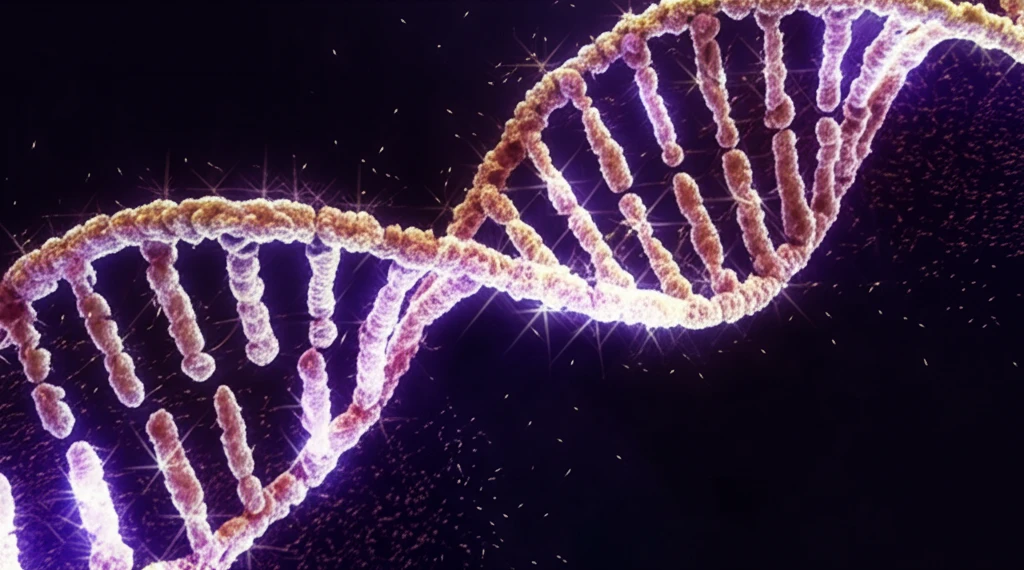
Unlocking Nature's Secrets: The Evolutionary Tale of Chamaecrista
"Delve into the world of plant evolution as we explore the intricate relationships within the Chamaecrista genus, using cutting-edge DNA analysis to reveal hidden connections and taxonomic mysteries."
The plant kingdom is a vast and complex tapestry, woven with threads of evolution and adaptation that stretch back millions of years. Within this diverse realm, the genus Chamaecrista, a member of the legume family, stands out as a particularly intriguing subject of study. With over 330 species, Chamaecrista exhibits a remarkable array of forms and ecological roles, making it a valuable model for understanding the processes that drive plant evolution.
Traditionally, plant classification relied heavily on morphological characteristics—the physical traits we can observe with the naked eye. However, as our understanding of genetics has grown, scientists have turned to DNA analysis to provide a more precise and nuanced view of evolutionary relationships. This approach is especially useful for groups like Chamaecrista, where subtle differences in appearance can mask significant genetic divergence.
Recent research has focused on using specific regions of plant DNA, such as the trnE-trnT intergenic spacer and the nrDNA ITS sequences, to reconstruct the evolutionary history of Chamaecrista. These DNA regions act as molecular clocks, accumulating changes over time that allow scientists to trace the lineage of different species and populations. By comparing the DNA of various Chamaecrista species, researchers can uncover hidden relationships and gain insights into the processes of speciation and adaptation.
Decoding the DNA: A Molecular Perspective on Chamaecrista

The study of Chamaecrista has been revolutionized by the advent of molecular techniques. Researchers extract DNA from plant tissues, amplify specific regions of interest, and then sequence the DNA to determine its precise order of nucleotides. By comparing these sequences across different species and populations, scientists can identify patterns of genetic variation that reflect their evolutionary history. The trnE-trnT intergenic spacer, located in the chloroplast DNA, and the nrDNA ITS sequences, found in the nuclear ribosomal DNA, have proven particularly valuable in this endeavor.
- Species Diversity: Chamaecrista boasts over 330 species, each adapted to various ecological niches.
- Molecular Clocks: Specific DNA regions such as trnE-trnT and nrDNA ITS help track evolutionary timelines.
- Monophyletic Genus: DNA analysis confirms Chamaecrista as a distinct, unified evolutionary group.
- Taxonomic Debates: Sections like Xerocalyx face ongoing re-evaluation due to complex genetic relationships.
The Future of Chamaecrista Research: A Call for Continued Exploration
The study of Chamaecrista is far from over. As technology advances and new analytical methods emerge, scientists will continue to refine our understanding of this fascinating genus. Future research should focus on expanding the geographic sampling of Chamaecrista species, incorporating more diverse DNA markers, and integrating ecological and physiological data to provide a more holistic view of plant evolution. By embracing these interdisciplinary approaches, we can unlock even more secrets hidden within the DNA of Chamaecrista and gain valuable insights into the processes that shape the plant kingdom.
